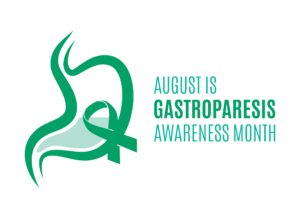Gastroparesis is a disease diagnosed and treated by the GI Division of Premier Medical Group.
What is gastroparesis?
Gastroparesis is also referred to as “delayed gastric emptying”. It is a disease of the muscles of the stomach, or the nerves which control those muscles, which results in the stomach muscles not working properly. The stomach no longer grinds the food which results in reduced passage of food into your intestines. Simply put, the stomach takes too long to empty.

